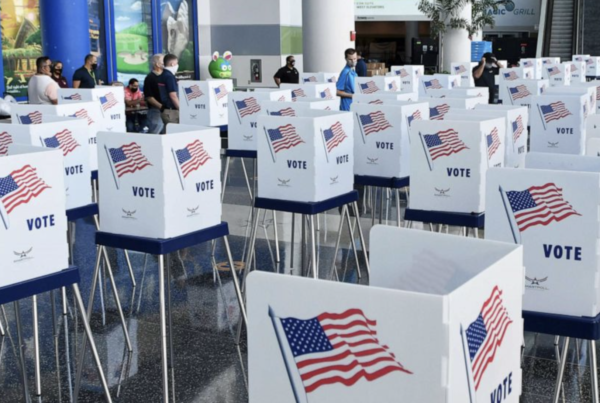Any successful business or association has an effective brand – what people recognize them by or think of when they’re mentioned.
Logo
Branding starts with a logo – a visual representation of your organization. When designing the logo, you want to keep your overall voice in mind to ensure the image you choose fits the company.
The logo is a vital aspect of your overall brand – it will likely be on all of your products, advertisements, etc., so it’s important to get it right.
Depending on your industry and target audience demographics, a flashier look may work in some places while an understated look could flourish in others. Research is vital when designing the logo. Polls and focus groups can be a valuable tool to gain a better understanding of what people think about the look and overall brand.
When it doubt, keep things simple. Some of the world’s most recognizable logos – Apple, Pepsi and Nike – are some of the most simple designs. More doesn’t always mean better.
Tagline
Successful companies usually have an identifiable logo, but most also have a tagline that supports it and is just as, if not more recognizable. When people see the Nike swoosh, they don’t only think about Nike. They immediately think “Just Do It.”
When creating a motto or tagline, keep it short and sweet. Some of the world’s most successful companies have slogans that everyone knows, and that only contain a few words. Examples: Apple – “Think different”; McDonald’s – “I’m Lovin’ It”; and Dunkin’ Donuts – “America Runs on Dunkin’”.
Taglines should embody what your business is all about. A logo and a tagline are a first impression to an audience. Think about what you’d like them to know about you first, and apply that to the tagline.
Much like a logo, research will help you determine which route to go with a tagline. Choose the option that resonates the most with your target audience. The combination of a good logo and catchy tagline will go a long way in elevating your brand.
Voice
Your brand is ultimately how people see you as a business. With this in mind, it’s important to have a consistent message or voice in your communication with an audience. When people interact with you, they should know what they’re going to get.
Craft messages that fit the type of personality you’d like your organization to have. Run focus groups to see what resonates with your audience, and build on those messages to create a comprehensive campaign.
Your voice can shift slightly depending on how a message is delivered – direct mail, TV ads, social media, etc. – but keeping an overall theme will pay off in the end. Consistent messaging will drive home your brand to consumers. The logo will get them thinking about you, and your tagline and messaging will come to mind.
Platforms
In a tech-centric world, social media is an important aspect of building any brand. Verified social media accounts, particularly Facebook, Twitter, and Instagram, can ensure you reach your audience while allowing you to have more personal contact with consumers.
Designing a social media strategy that best fits your company is vital for your brand. Depending on your approach, you could embody a more light-hearted persona such as Wendy’s, or keep it more professional.
While businesses can be more personable on social media, it’s important to stay true to the brand. Interact with customers. Make jokes if the time is right. But keep a message that’s consistent with your other marketing strategies.
At Sinclair, our team has experience in carrying out successful branding campaigns that expand reach, make an impact, and create or cement a positive reputation for businesses, associations and organizations.
Want to build a brand or take yours to the next level? Let’s talk.



